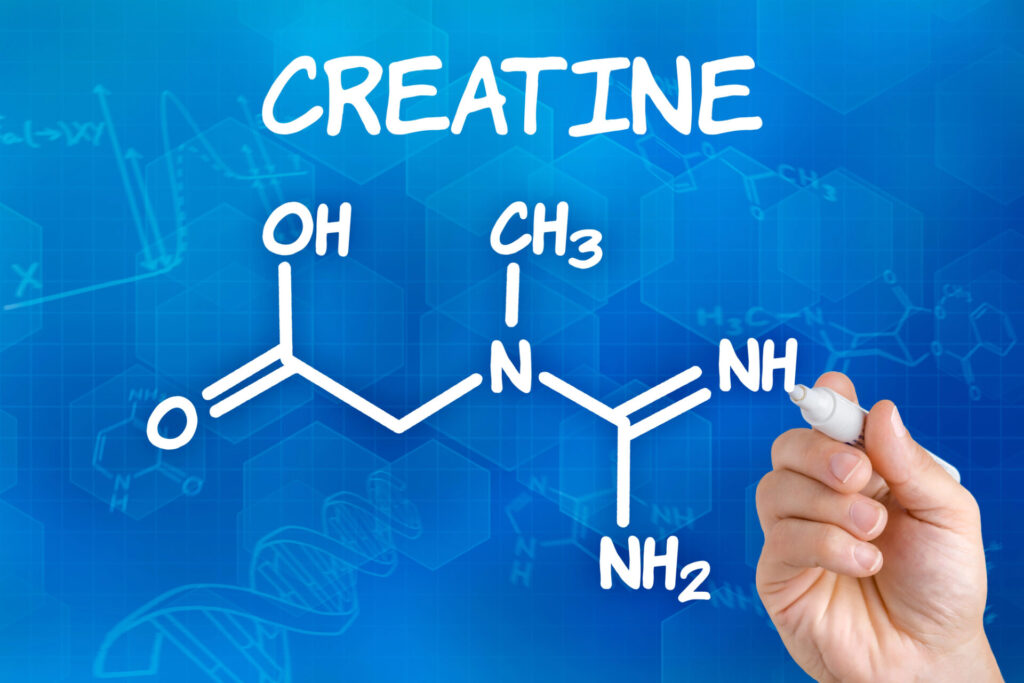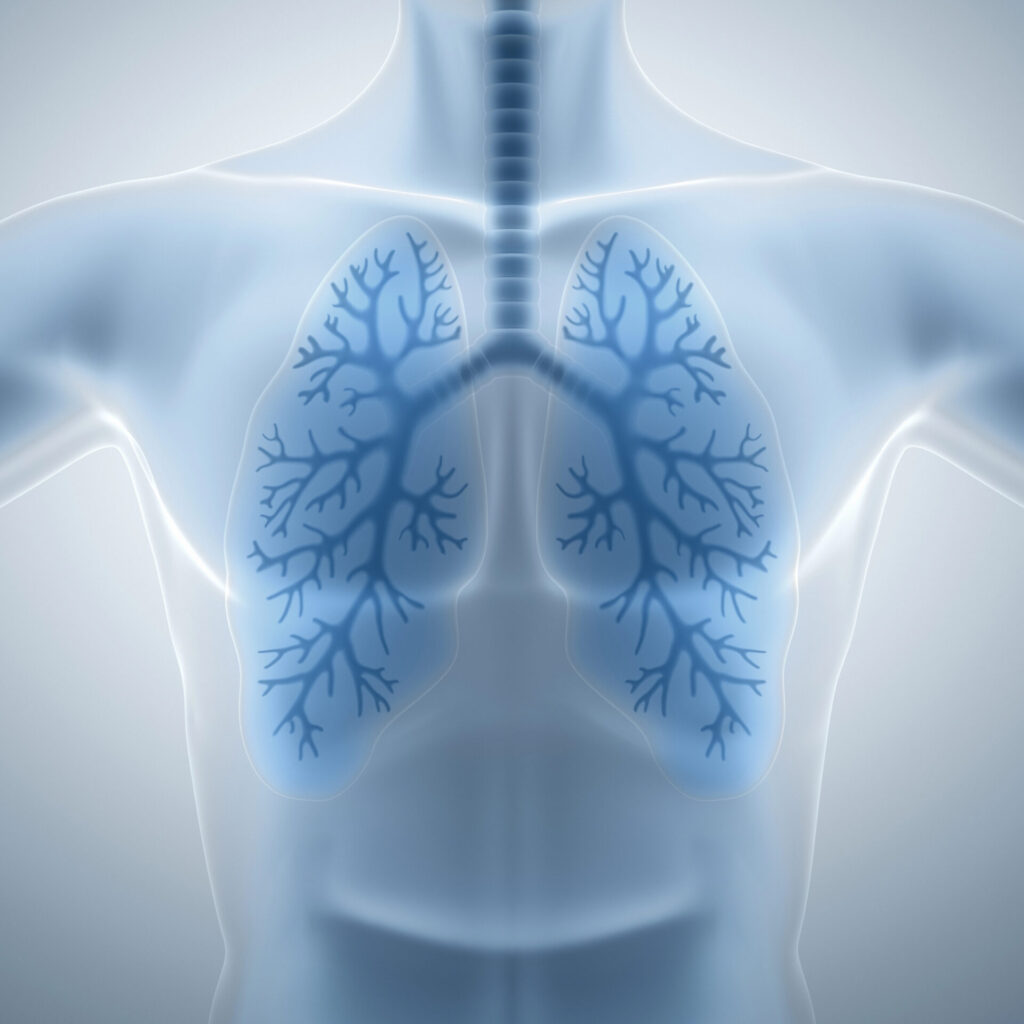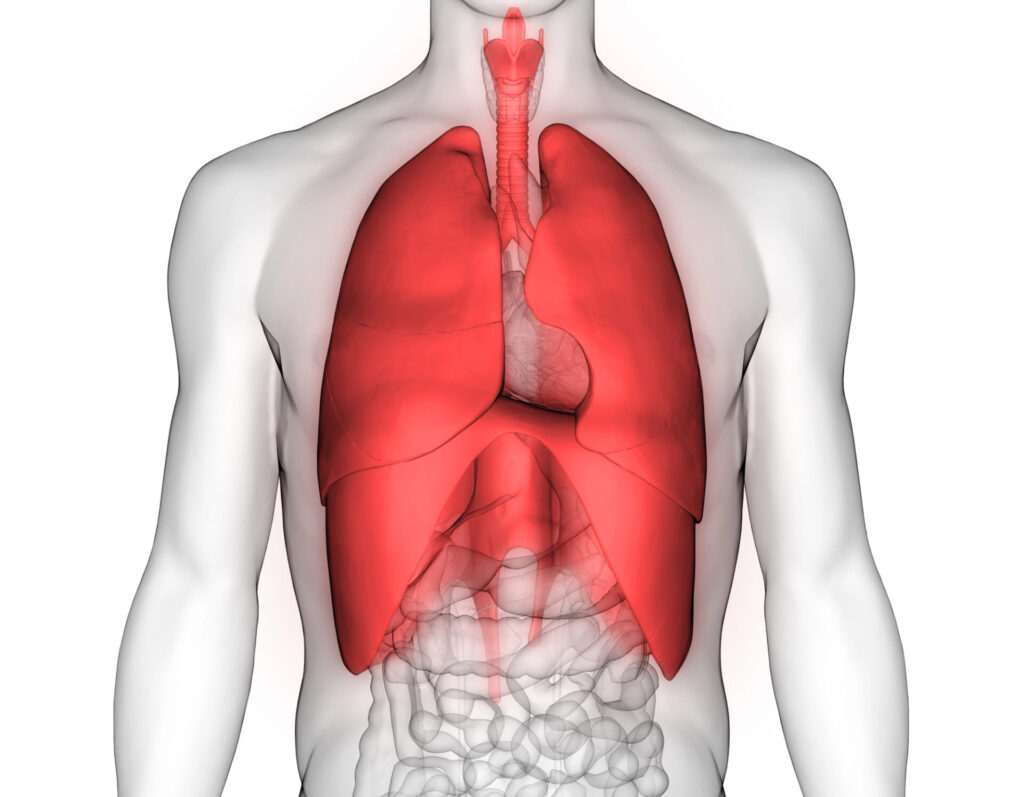Background:
Osteoarthritis (OA) is a degenerative joint disease characterized by progressive loss of cartilage, inflammation, and impaired joint function. Traditional pharmacologic treatments often target symptomatic relief but do not address underlying structural deterioration. Cyplexinol®, a natural bone morphogenetic protein (BMP) complex derived from bovine bone matrix, is proposed to promote tissue regeneration and modulate inflammation. This study aimed to evaluate the clinical efficacy of Cyplexinol in patients with OA of the hip and knee.
Study Design:
This was a randomized, double-blind, placebo-controlled trial involving adult patients diagnosed with mild to moderate osteoarthritis of the hip or knee. Participants were randomly assigned to receive either Cyplexinol supplementation or placebo daily for a period of 12 weeks. The Cyplexinol formulation contained naturally occurring BMPs and collagen matrix designed to support osteoinduction and joint health.
Primary and Secondary Endpoints:
The primary endpoint was change in patient-reported joint pain using the Western Ontario and McMaster Universities Osteoarthritis Index (WOMAC) pain subscale. Secondary endpoints included stiffness, physical function (WOMAC subscales), range of motion (ROM), and patient global assessment of disease activity. Adverse events were monitored for safety evaluation.
Results:
Patients receiving Cyplexinol demonstrated statistically significant improvements in joint pain, stiffness, and physical function compared to placebo by week 12. Specifically:
-
Pain reduction: The Cyplexinol group showed a mean decrease in WOMAC pain scores of approximately 30–40% from baseline, with clinically meaningful changes evident as early as 4 weeks into treatment.
-
Stiffness: There was a significant reduction in morning stiffness and improved mobility reported in the Cyplexinol cohort.
-
Function: Physical function scores improved significantly, indicating enhanced daily living activity and reduced impairment.
-
Range of motion: Modest but significant gains in ROM were observed, particularly in knee flexion and hip abduction.
-
Patient global assessment: Patients on Cyplexinol reported higher satisfaction and perceived disease control.
No serious adverse events were reported, and the supplement was well tolerated.
Mechanistic Insight:
The benefits of Cyplexinol are believed to stem from its osteoinductive BMP content, notably BMP-2, -4, and -7, which play critical roles in chondrogenesis and osteoblast differentiation. Additionally, the presence of the collagen matrix may support cellular adhesion and local tissue regeneration. This dual mechanism—supporting joint tissue repair and modulating inflammatory pathways—may differentiate Cyplexinol from symptom-only treatments such as NSAIDs.
Clinical Implications:
This trial provides preliminary evidence supporting the use of Cyplexinol as a safe and effective adjunctive therapy for managing OA symptoms in the hip and knee. While not a disease-modifying osteoarthritis drug (DMOAD) per se, the regenerative properties of osteoinductive proteins present a novel approach for promoting structural integrity and reducing symptomatic burden.
Conclusion:
Cyplexinol represents a promising biologically active supplement that may complement existing OA management strategies. Further large-scale, long-term studies are warranted to validate these findings and investigate potential disease-modifying effects.






